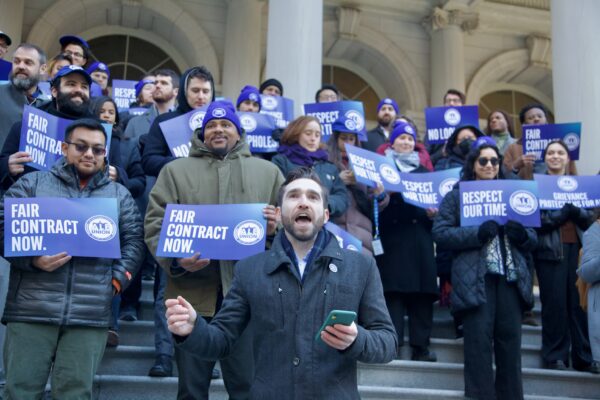November 10, 2015
By Bill Hohlfeld
Murder in Chicago – Yet Some Called it Justice
Slightly before 11 AM on November 11,1887, hundreds of people gathered in and around a Chicago court house to witness the hanging of August Spies, Adolph Fischer, Friedrich Engel and Albert Parsons. These men were sentenced to be hung by the neck until dead. A bomb had exploded at a rally in Haymarket Square at which some of them were speaking the previous May.
The melee that came about as a result of the blast caused the death of seven policemen and an unspecified number of labor sympathizers. It should be noted that most of the police who died, did so by gunshot wounds inflicted by brother officers. It is also noteworthy that that the reason the number of injured workers is unclear is because they remained in the shadows after the event, for fear of police reprisal.The fact that each of these men, all labor organizers, were not guilty, had very little to do with the sentence pronounced on them. Of the eight men in who had originally been indicted for conspiracy to commit murder and mayhem, one man, Louis Lingg, had committed “suicide” in his cell the night before. Two others, Michael Schwab and Samuel Fielden were granted clemency and had their sentences commuted to life imprisonment. The last man, Oscar Neebe was sentenced to 15 years of hard labor in Joliet state penitentiary.
The most palpable evidence against him was that he had once donated $2.00 for the purchase of the printing press that printed the flyer that called Chicago’s working class to that rally at Haymarket Square.With no real physical evidence to link them to the bombing, Engel, Fischer, Parsons and Spies were hung, not for what they did, but for what they thought and believed. Parsons had arrived at the rally shortly before it ended, with his wife and children in tow, so he was not a likely candidate for violence. Engel was at home playing cards with friends. The testimony of witnesses to that fact was conveniently ignored. The man who could provide Spies with an alibi, Gustav Legner, was threatened and run out of town by local “patriots.” The evidence presented against Fischer at the trial consisted mainly of his role in printing the Haymarket circulars. 
But because he was a member ofthe Lehr und Wehr Verein, which was a militant labor organization determined to arm and protect themselves from police brutality in the face of strikes, he waspersona non grata in the eyes of law enforcement.The press hung these men long before the jury was in, with statements like the following from the Chicago Times : ”Let us whip these slavic wolves back to the European dens from which they issue, or in some way exterminate them." Evidence of their guilt had become secondary to the need of corporate America to eradicate any way of thinking, other than their own.Bookbinders, printers, carpenters and teamsters, these convicted men were loud and outspoken in their condemnation of an economic system which they saw as the enemy of peace and prosperity for the great mass of America’s working class. Yes, one could even describe some of their notions as radical.
Yet, they were in no way monolithic in their beliefs or backgrounds. They were Christian and atheist, foreign born and native born, some with formal education, some self taught. What they had in common, however, was that they lived In these United States 50 years prior to Roosevelt’s New Deal, and saw no options for either their loved ones or themselves other than to work themselves into early graves while Fields, Armour, Pullman, Mc Cormick and others of their ilk lived a life of unimaginable luxury. That they should so openly question the justice and the wisdom of such a system made them a serious threat to the oligarchs of the time – a threat that could not be tolerated. Much has been written about Haymarket, the death of police and strikers alike, the witch hunt that took place afterwards, and the resultant rise of the AFL and decline of the Knights of Labor. Labor history courses across the country examine transcripts of the trial and countless other documents. Despite this, to this day, no living soul can say with certainty who threw the bomb that was the catalyst for so many other events.
We do, however, know who was executed for the crime. And when we ask ourselves if the men who died were indeed responsible, we are well served if we look to the last words of Albert Parsons to his wife Lucy: “our doom to death is the handwriting on the wall, foretelling the downfall of hate, malice, hypocrisy, judicial murder, oppression, and the domination of man over his fellow-man.” Now we should ask ourselves if those are the words of a murderer.



